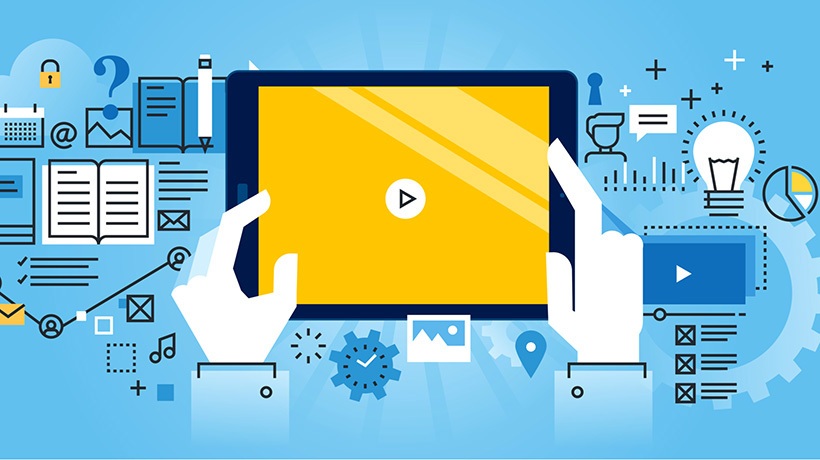Discover The Advantages Of Using A Video Strategy In Blended Learning
In today’s dynamic world, learning strategies have evolved to a great extent, leveraging the latest technology. The education and training industry is fast adopting innovative blended learning strategies that give the best of both worlds: traditional classroom-based learning, which aids facilitator-based learning for maximum impact and technology-based eLearning for anytime, anywhere access of content. Videos are increasingly becoming a preferred mode to deliver learning content. Experts from eLearning video production companies opine that a video strategy for blended learning has evolved greatly over time and is increasingly becoming more and more cost-effective and impactful.
There are several advantages of using a video strategy in blended learning. Some of these are as follows:
Advantages Of Using A Video Strategy In Blended Learning
- No doubt, videos can communicate ideas and concepts effectively by using a mix of moving images, sound, and text. This means that a video engages the learner in multi-sensory learning, which is learning through two or more senses. The utilization of multiple senses allows for more cognitive engagement. This promotes deep thinking and triggers learners to think of the concept from different perspectives. This, in turn, enables the learners to acquire problem-solving skills.
- Nothing can beat videos when it comes to demonstrating procedures for mastery learning. If you want to teach procedural content, using videos would have the best possible learning impact. Videos can present a string of procedures in a comprehensive way that can be referenced again and again.
- The vast population of learners has a variety of learning styles. Auditory learners learn the best through listening. Kinesthetic learners learn the best when they do an actual activity, while visual learners are comfortable retaining information when ideas, words, and concepts are associated with images and visuals. Videos have something for everyone. Auditory learners can enjoy the audio narration, visual learners can enjoy the rich animation and text/images, while kinesthetic learners can enjoy the demonstration of activities. Videos, as a single platform, cater to all categories of learners.
- Videos can utilize a wide variety of media styles such as whiteboard drawings, animated avatars, and animated explainer videos. These are very modern and visually engaging for learners. Imagine you are seeing an animation of how an engine works. This is possible only through an animated video. No amount of text, however well-written, can match the impact an animation will have.
- Another major concern for blended learning is accessibility on a variety of devices. With the availability of many devices with widely varying configurations and differing technology, it is increasingly difficult to create something that can run on all platforms. However, videos have the greatest advantages because they can run on any media player, be it mobiles, tablets, PCs, TVs, and so on. Videos can be delivered over a wide range of platforms, including social media, and can be accessed on the go by anyone. This makes the blended learning experience truly amazing.
- Videos can be employed to illustrate how not to do something and then getting the learners to spot the mistakes. This can be followed up by showing them the correct way of completing the task. This makes videos unique in terms of having an all-round knowledge transfer. This is extremely helpful for training soft skills and technical skills.
- With the availability of advanced software, making videos has become very cost-effective, less time consuming and highly engaging. Editing videos to add or delete content is also very easy.
- Delivering videos is easier than any other format. Videos can be delivered via a simple web link, social media, servers, or video-sharing platforms, such a YouTube. Videos can be distributed in short bursts to learners’ devices without too much effort. Video sizes can be optimized as needed. This makes videos a unique platform to deliver content.
In short, videos add life to blended learning content by making it effective and engaging. It increases learner engagement and participation by reducing cognitive overload and maximizing retention. Videos provide a simpler and practical learning experience in a cost-effective manner. Hence, industry experts recommend videos as an essential component of blended learning programs. Thus, we can say that videos have the potential to play a crucial role in making blended learning fun, effective and user-friendly. Videos that are able to be accessed across any device and platform are a great option for truly engaging learning.








